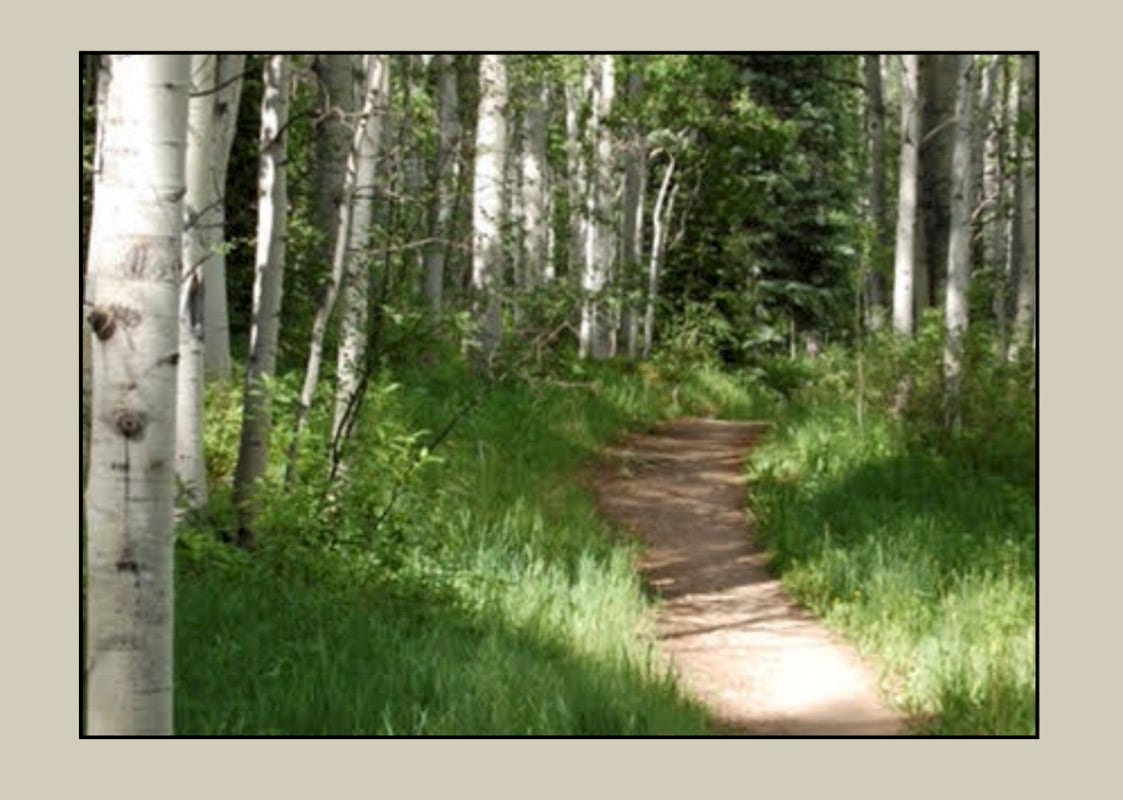A world on fire
It feels discordant to write about something as quaint as virtue in a world on fire. The global temperature is rising in more ways than one: two significant wars; protests and clashes on campuses across the country; garish judicial dramas; and the relentless drumbeat of political rhetoric driving toward November’s presidential election. Climate change, AI, and the race to arm outer space portend new levels of geopolitical tumult that may well surpass our innate, human ability to cope or adapt.
Where does virtue fit into any of this? Who has time for it?
The ancients were no strangers to disruption and cataclysm. Were we able to ask them, they might suggest taking a long, close look at the role virtue can play in helping to calibrate the passions and kinetic energy of a wildly spinning world. Throughout millennia, the world has always been on fire, in one way or the other.
Whose virtues?
Without definition, some might mistake virtuosity with religious demeanor. This is not the purview of philosophical virtue, though it’s not unreasonable to connect virtue with moral character. However, what I speak of here are classical virtues, once considered the foundations of civic society.
For classical Greek and Enlightenment-era thinkers the pursuit of virtue was about being good rather than feeling good—a nuance that bristles against our modern, emphatic focus on identity, self-care, and personal manifestation. To be virtuous meant living a rational life in accord with temperance, prudence, justice, liberality (i.e., generosity), courage, and wisdom, to name a few of the classical virtues. These attributes were not rungs on a stepladder to material success or the realization of goals, but private habits that contributed to personal excellence, and to the health and endurance of civilization.
Where virtue leads
There are many types of virtues: for instance, intellectual virtues—curiosity and wonder, open-mindedness and tolerance, depth and breadth, and again, courage—serve as scaffolding in liberal arts, humanities, and scientific education.
The evolution of classical virtues into the modern field of ethics is its own arena—differentiating virtues, ethics and values; how these emerge individually and from culture; debates over whether they can be broadly applied by organizations, societies, and nations. With colleagues and friends, we speak about the virtues of education, of architecture and art, of silence and nature.
Though our initial reaction may be to recoil from the idea of virtue as an elitist pursuit, in practice it is anything but lofty. At their best, classical virtues may engender humility; and humility is a powerful antidote to the loud and hyperbolic, to binary righteousness, to digitally surfing the human condition without regard for depth or nuance. Humility can be an antidote to a world on fire.
How virtue leads
Leaving the various permutations of virtue aside, it’s worth noting how striving to live a so-called virtuous life can be deeply personal, profoundly public, or both. It is also, by nature, an imperfect and contradictory pursuit. As James MacGregor Burns attests in his book, Transforming Leadership, declarations of virtues and values are the cause and effect of generations that have struggled to define and apply them.
When my classmates and I studied “Leadership and the Classics” as part of the Hopkins MLA, we read and reflected on the ideas of Confucius, Plato, Shakespeare, Machiavelli, Mohandas Gandhi, Hannah Arendt, Eleanor Roosevelt, Martin Luther King, Jr., James MacGregor Burns, Vandana Shiva, among many others.
Historical perspective is paramount for considering the challenges of leadership in the 21st-century multicultural world. Analyzing different models helps us to discern how leadership changes with times and conditions, and to recognize virtues of leadership that remain constant through time. Equally important is the ability to set aside contemporary vantage points to understand the context and views of leaders across generations, cultures, and disciplines.
For our final class project, we developed our own ideas about leadership in the 21st century and critically evaluated some of the current claims regarding leadership. Anyone questioning the relevance of Liberal Arts education might try devising a personal leadership ethic that draws from the best of past to serve the needs of present while anticipating the future.
The Liberal Arts: Curricula for Our times
In three short essays I’ve tried to articulate a few of the many benefits of a Liberal Arts education. It is far from the whole story. At its heart, the Liberal Arts calls us to examine the central, humanistic question—How shall we live?
It is a portal to an array of fascinating subjects—history, literature, art, religion, cultural, social, and ecological studies—the vast terrain of ideas past, present, and future.
Liberal Arts education is more interested in smart questions than orthodoxy and rote certainty. It looks to the power of inquiry, diversity of knowledge and experience, and skill and precision of exploration in a quest for understanding that never really ends.
I can’t imagine a more thoroughly modern way of being in the world.
Cheryl Sadowski is a communications consultant, essayist, and storyteller. She graduated from the Johns Hopkins University Master of Liberal Arts program in May 2023.




